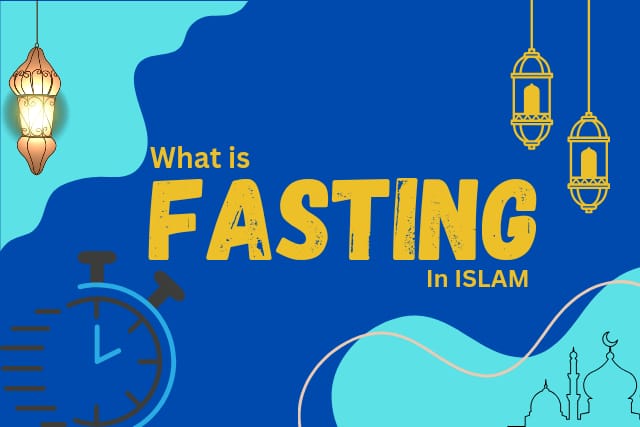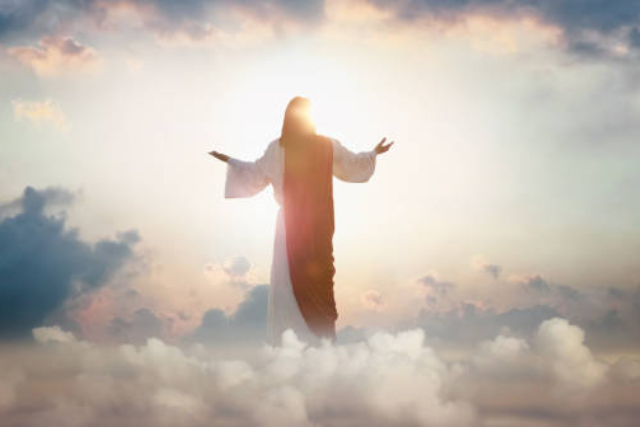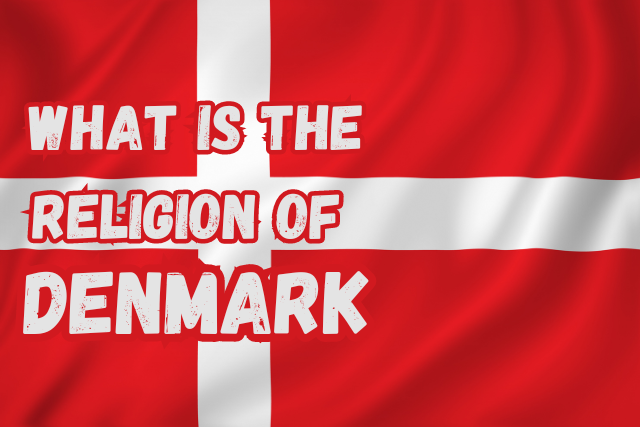What is the Religion of Iran | Faith in Focus

Discover Iran’s diverse religious landscape. Islam, mainly Shia, shapes daily life: picture prayers, communal gatherings, and lively festivals uniting communities. But hold on – Iran’s religious palette isn’t just one color. Sunni sect, Christianity, Judaism, and Zoroastrianism add unique hues.
To grasp Iran’s religion is to time travel. The past, from the Persian Empire to Islamic influences, weaves into today’s practices. History’s echoes resonate in rituals and beliefs.
Let’s peel back Iran’s religious layers. Explore cultural nuances, visit sacred sites, and embrace diverse faiths coexisting harmoniously. Get ready for a journey into Iran’s religious mosaic – discovery, understanding, and appreciation await.
Islam in Iran | The Dominant Faith

Islam is the predominant religion in Iran, with the majority of the population adhering to the Shia sect. The roots of the Shia sect run deep in Iranian history, and its influence is evident in various aspects of Iranian culture, politics, and daily life. The country has been a significant center for Shia scholarship, and religious institutions, including Qom and Mashhad, attract followers and scholars from around the world.
Moreover, the veneration of the Twelve Imams, considered the rightful successors to Prophet Muhammad, is a distinctive feature of the Shia sect in Iran. The city of Qom is a significant religious center and a seat of theological learning, attracting scholars and pilgrims alike.
Religious Practices
Islamic practices and rituals are deeply ingrained in the daily lives of Iranians. The call to prayer resonates from minarets across cities and towns, marking the five daily prayers.
In addition, the holy month of Ramadan, a period of fasting, prayer, and reflection, is observed with great devotion. Religious festivals, such as Eid al-Fitr and Eid al-Adha, are celebrated with joy and communal gatherings.
Shrines and Pilgrimages
Iran hosts revered religious sites, drawing Shia Muslims from around the world. The shrine of Imam Reza in Mashhad is a major pilgrimage destination. It is known for its architectural grandeur and spiritual significance. Pilgrims undertake journeys to these sacred sites, contributing to the religious vibrancy of the nation.
Influence on Culture and Society
The influence of Islam extends beyond religious practices, permeating various aspects of Iranian culture and society. Islamic principles shape family structures, legal frameworks, and ethical values. Islamic art and architecture, adorned with intricate geometric patterns and calligraphy, reflect a synthesis of faith and creativity.
Zoroastrianism
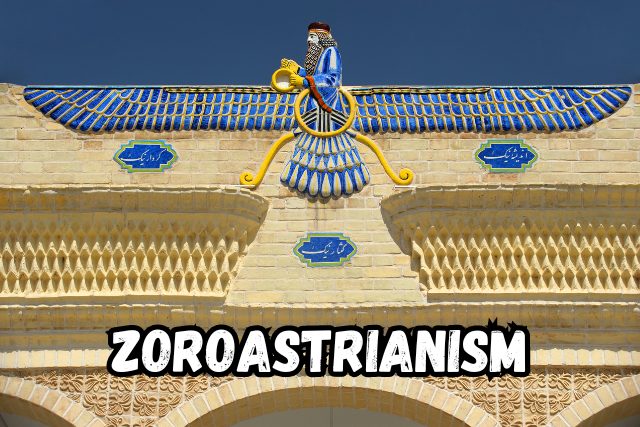
Before the advent of Islam, Zoroastrianism was the primary religion in Iran. Although now a minority faith, Zoroastrianism has left an indelible mark on Iranian culture.
Fire temples, where Zoroastrians worship, can still be found in various parts of the country. Efforts are made to preserve and revitalize the ancient traditions of this pre-Islamic religion.
Zoroastrianism originated in ancient Persia and was the official religion of the Achaemenid Empire (c. 550–330 BCE). The teachings of the prophet Zoroaster, emphasizing the concepts of a single supreme god (Ahura Mazda) and the cosmic struggle between good and evil, shaped the worldview of ancient Iranians.
Zoroastrian Practices
Zoroastrian rituals and practices are centered around the veneration of fire, symbolizing purity and the divine presence. Fire temples, where the sacred fire is kept burning, serve as places of worship. Zoroastrians also participate in rituals like Yasna, a liturgical ceremony involving the recitation of sacred texts.
Perseverance and Challenges
Despite centuries of challenges, including the Arab conquest and subsequent Islamic rule, Zoroastrian communities have persevered. As a Zoroastrian city, Yazd has well-preserved fire temples and towers of silence, ancient structures used for burial.
Zoroastrian New Year (Nowruz)
Nowruz, the Persian New Year, is a cultural celebration that transcends religious boundaries and is widely observed in Iran. Zoroastrians, along with people of various faiths, mark Nowruz as a time of renewal and joy. This festival highlights the interwoven nature of cultural and religious traditions in Iran.
Contributions to Iranian Culture
Zoroastrianism has left an indelible mark on Iranian culture, influencing literature, art, and ethical principles. The concept of moral accountability, a central tenet of Zoroastrianism, continues to resonate in the collective consciousness.
Religious Minorities in Iran
Iran is home to various religious minorities, contributing to the nation’s religious mosaic. Each religious minority brings its unique practices, customs, and contributions to Iran’s cultural fabric.
Christianity

Iran hosts a significant Christian minority, with various denominations such as Armenian Apostolic, Assyrian Church of the East, and Protestant communities.
Furthermore, historical churches, like the Vank Cathedral in Isfahan, reflect the enduring legacy of Christianity in Iran. Despite challenges, Christians continue to practice their faith, and Christmas is observed as a public holiday.
Judaism

Iran has one of the oldest Jewish communities in the world, with roots dating back to ancient times. Synagogues, like the one in Tehran’s Jewish Quarter, serve as places of worship. The Iranian government recognizes Judaism as a legitimate minority religion, and the Jewish community actively participates in civic life.
Baha’i Faith
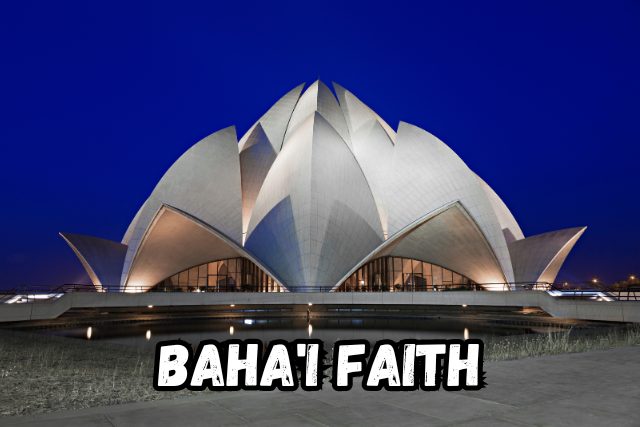
The Baha’i Faith, founded in the 19th century, faces challenges in Iran. It is one of the country’s largest religious minorities, and Baha’is are frequent targets of persecution. The international community often raises concerns about the treatment of Baha’is in Iran.
Religious Freedom and Challenges
While Iran recognizes religious diversity and provides constitutional protection for religious minorities, challenges and tensions exist. The Baha’i community, in particular, has faced restrictions on religious practices. Understanding the delicate balance between the dominant faith and minority religions is crucial in grasping the complexities of religious freedom in Iran.
Conclusion
Let’s conclude the answer to this question: What is the religion of Iran? Iran’s religious landscape is a tapestry woven with threads of Islam, Zoroastrianism, and various religious minorities. This diversity reflects the historical legacy and cultural richness of the nation.
Intertwining these faiths provides insights into Iran’s intricate identity, where religious traditions continue to shape the lives of its people.
FAQs
Is Religious Freedom Guaranteed in Iran?
Yes, Iran’s constitution theoretically guarantees religious freedom for recognized minorities, but challenges persist.
What are the top 3 religions in Iran?
Islam, specifically the Shia sect, is the predominant religion in Iran. Other recognized religious minorities include Christians, Jews, and Zoroastrians.
What is Iran’s official religion?
The official religion of Iran is Islam, and the majority of Iranians adhere to the Twelver Shia branch.
Is Iran a Sunni or Shia religion?
The majority of Iranians follow the Shia sect, making Iran a predominantly Shia Muslim country.
Why Did Iran Convert to Islam?
The early Islamic period was marked by military conquests and gradual conversions, influenced by socio-political factors.

